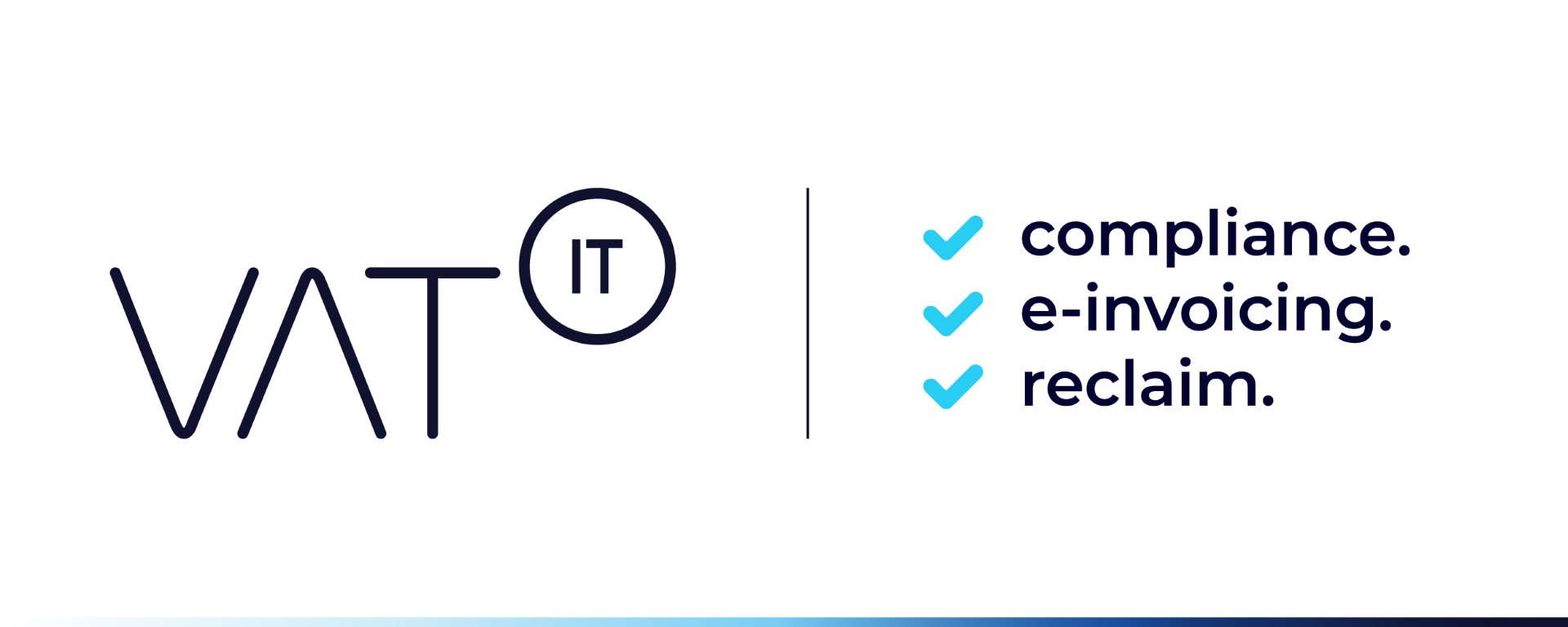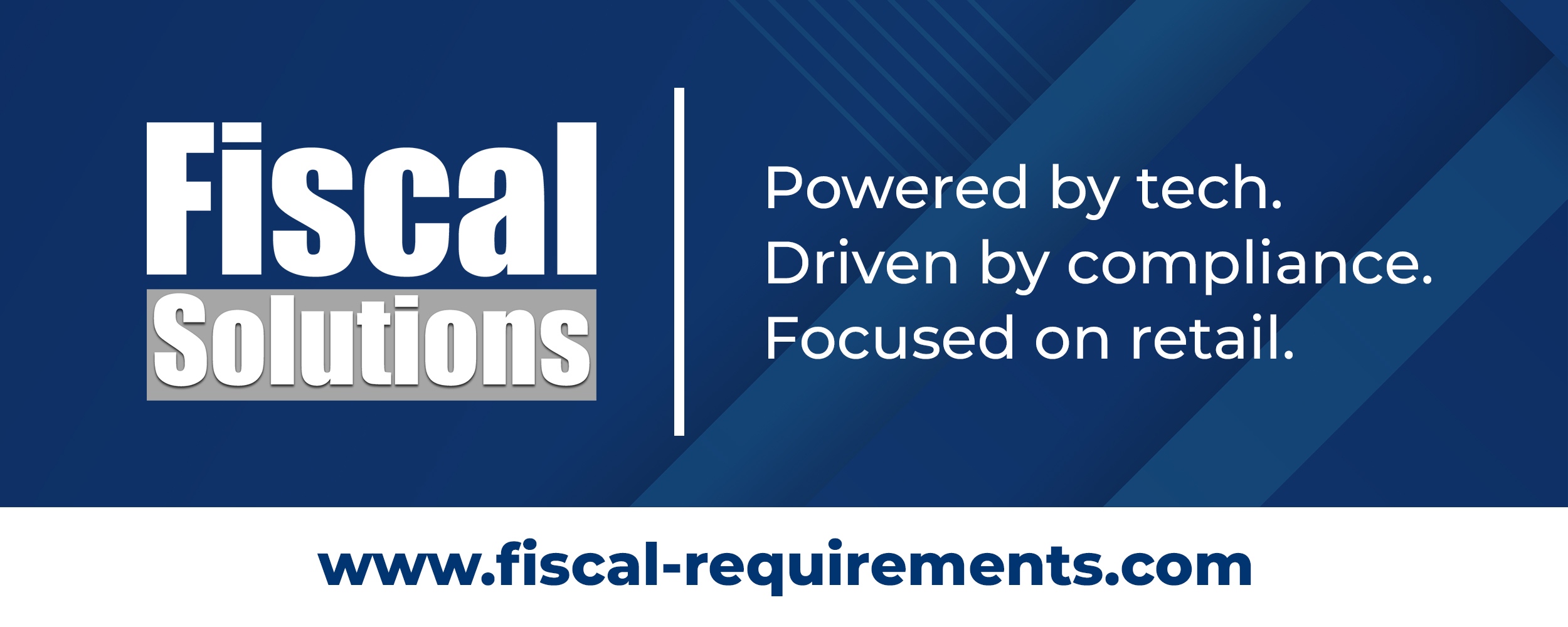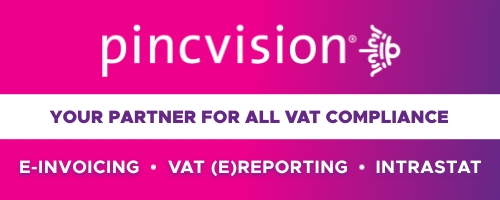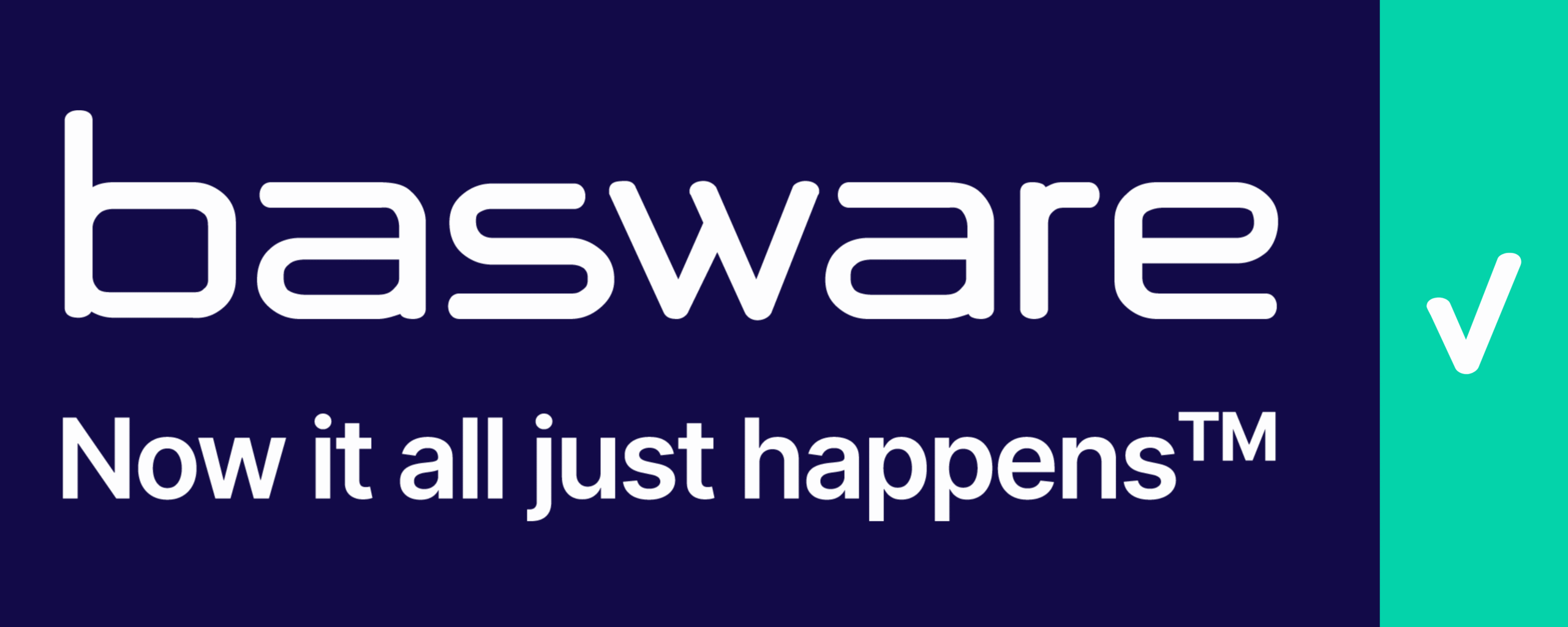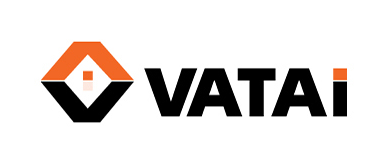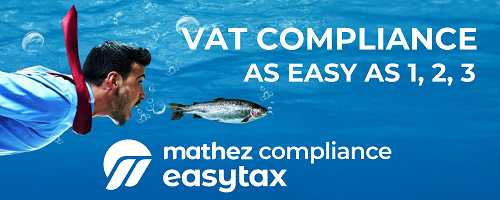2022 is the year of the beginning of the new (eFiscalization) online fiscalization law in Serbia, defined in the main documents containing the main novelties as presented below.
Hardware system is going to history being replaced by real-time reporting of individual transactions to the tax authorities.
Technical Guide for implementation of the new rules on eFiscalization is applicable from July 1st 2021.
It defines the components of the new fiscalization system in the following way, confirming the definitions firstly presented in the Law on Fiscalization:
- EFU – electronic fiscal device is a hardware and/or software solution which the fiscalization subject uses to issue fiscal receipts and to transfer data about fiscal receipts in the System of fiscalization management of the Tax Administration and which consists of one processor of fiscal receipts and one or more electronic systems for issuing receipts, approved by the Tax Administration and a security element issued by the Tax Administration
- PFR – processor of fiscal receipts is a hardware or software element whose usage is approved by the Tax Administration, which exchanges data with the electronic system for issuing receipts and security element, analyzes data about turnover, forms data to a fiscal receipt, creates the electronic signature, sends the fiscal receipt to the electronic system for issuing receipts, stores data about turnover and send fiscal data to the System of fiscalization management of the Tax Administration
- ESIR – electronic system for issuing receipts is a hardware or software element, whose usage is approved by the Tax Administration, into which the fiscalization subject enters data about turnover and from which the fiscal receipt is issued
Other bylaws providing details for implementation of various aspects of the new eFiscalization are as follows:
- Rulebook on the manner of storing and protection of data in the internal memory of the electronic fiscal device
- Rulebook on the manner and procedure of submitting data on issued fiscal receipts to the Tax Administration
- Rulebook on the manner of verification of reported fiscal receipts
- Rulebook on the conditions and procedure for issuing and the manner of using the security element
- Rulebook on types of fiscal receipts, types of transactions, methods of payment, reference to the number of another document and details of other elements of the fiscal receipt
- Rulebook on the type and manner of submitting data on business premises, as well as on the manner of generating the designation of business premises
Some of the main novelties refer to the type of the store – 4 different types are differentiated.
The business premise can be registered as fixed, movable, as a premise of distance sales or as a self-service machine.
Further on, fiscal documents include fiscal receipts but also other documents not considered fiscal receipts, being objects of fiscalization requirements, as well.
Besides these differentiations, every fiscal document – fiscal receipt or other, can be one of the two types of transactions: sale or a refund/void.
Seven types of payment media are now predefined, different from the old law – previously only 3 were able to be recorded by the hardware fiscal device.
Other novelties include obligatory QR code creation, 4 different counters handled by the security element, increased per every transaction, additional fiscalization subjects and much more.
Contribution by: jbfiscalconsulting.com
Latest Posts in "Serbia"
- Serbia Launches eOtpremnica E-Delivery Note Module Version 0.6.0
- Serbia Releases SEF E-Invoice System Version 3.15.0 on Demo Environment
- Serbia Mandates eConsignment and e-Delivery: New Digital Era for Goods Movement Begins 2026
- Webinar Recording Released: Electronic VAT Registration in the E-Invoice System, November 13, 2025
- Webinar: Electronic VAT Recording in the E-Invoice System – November 13, 2025



